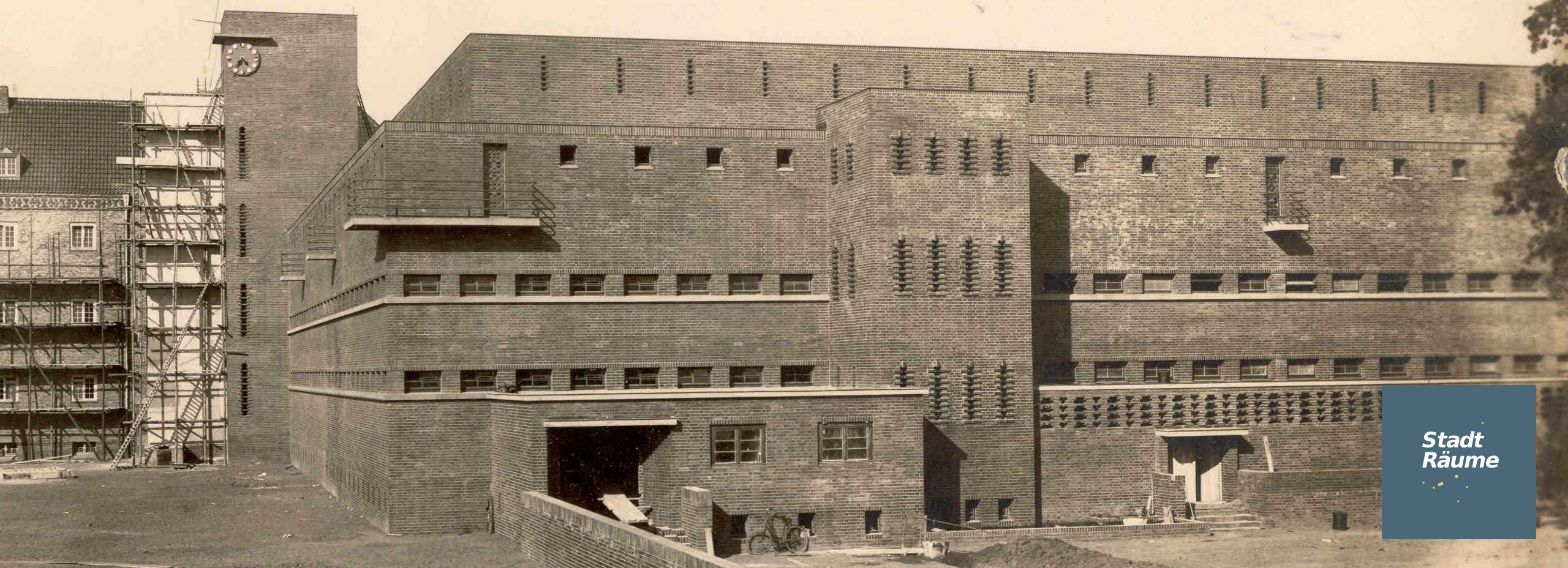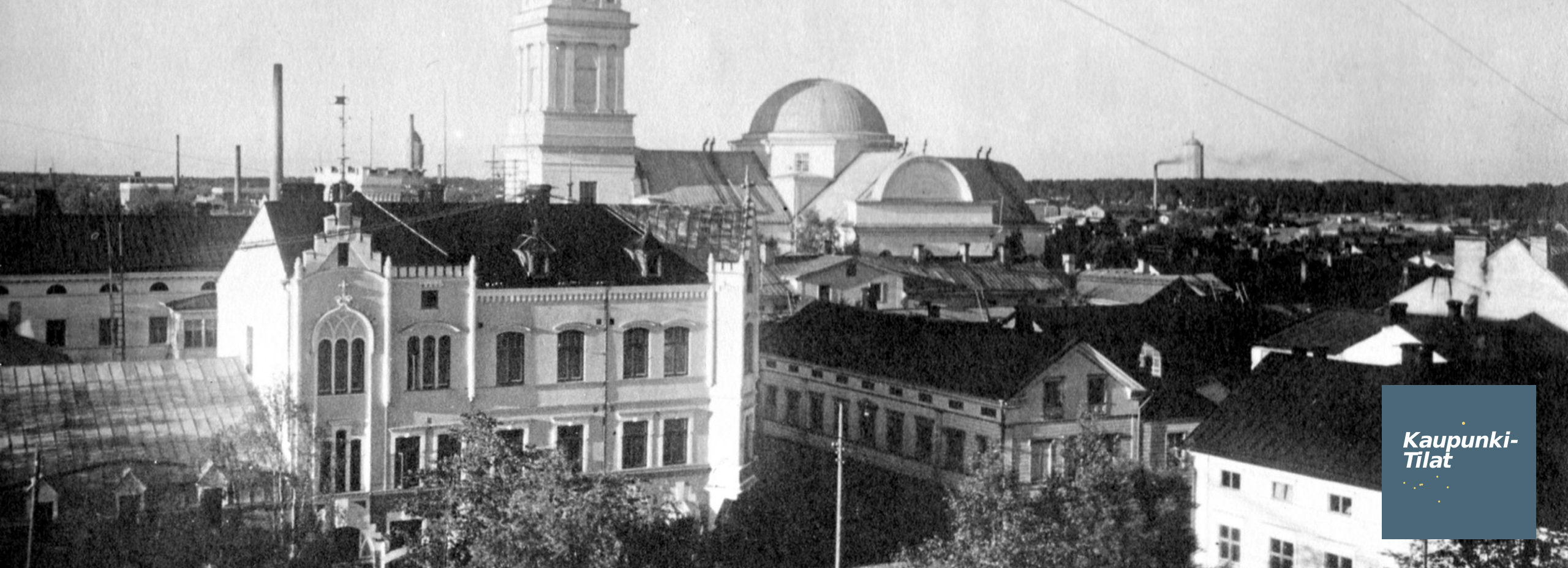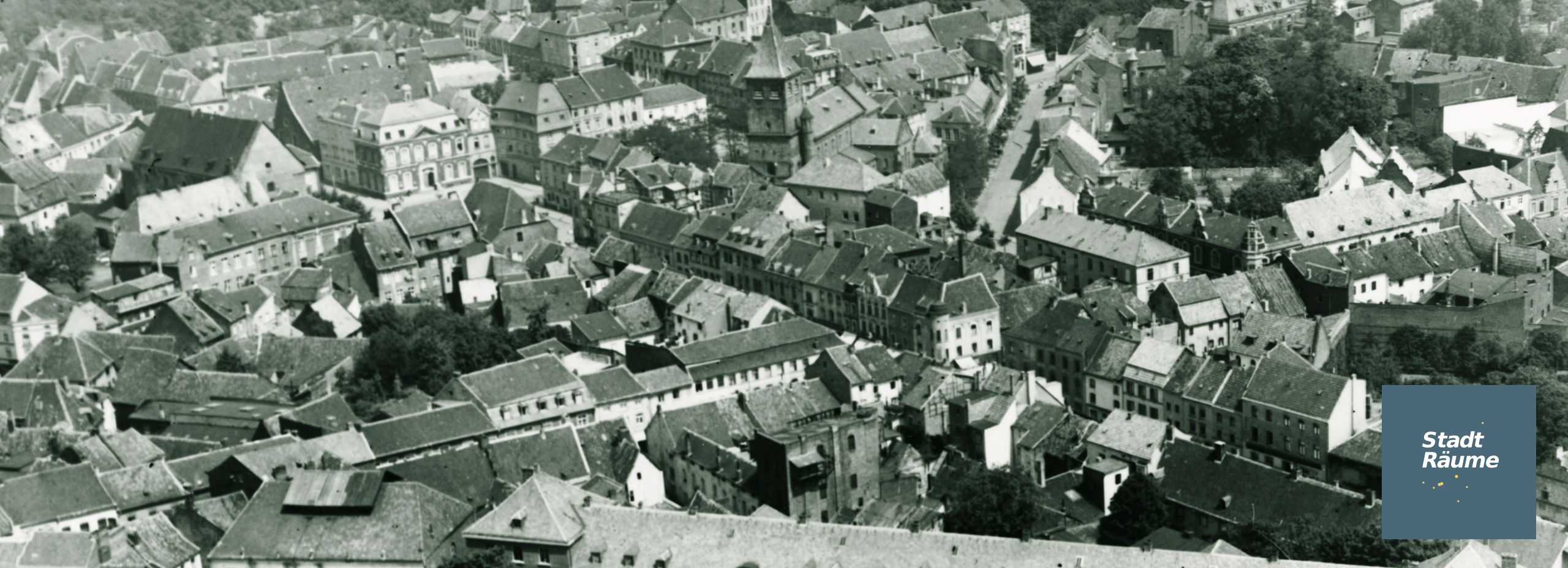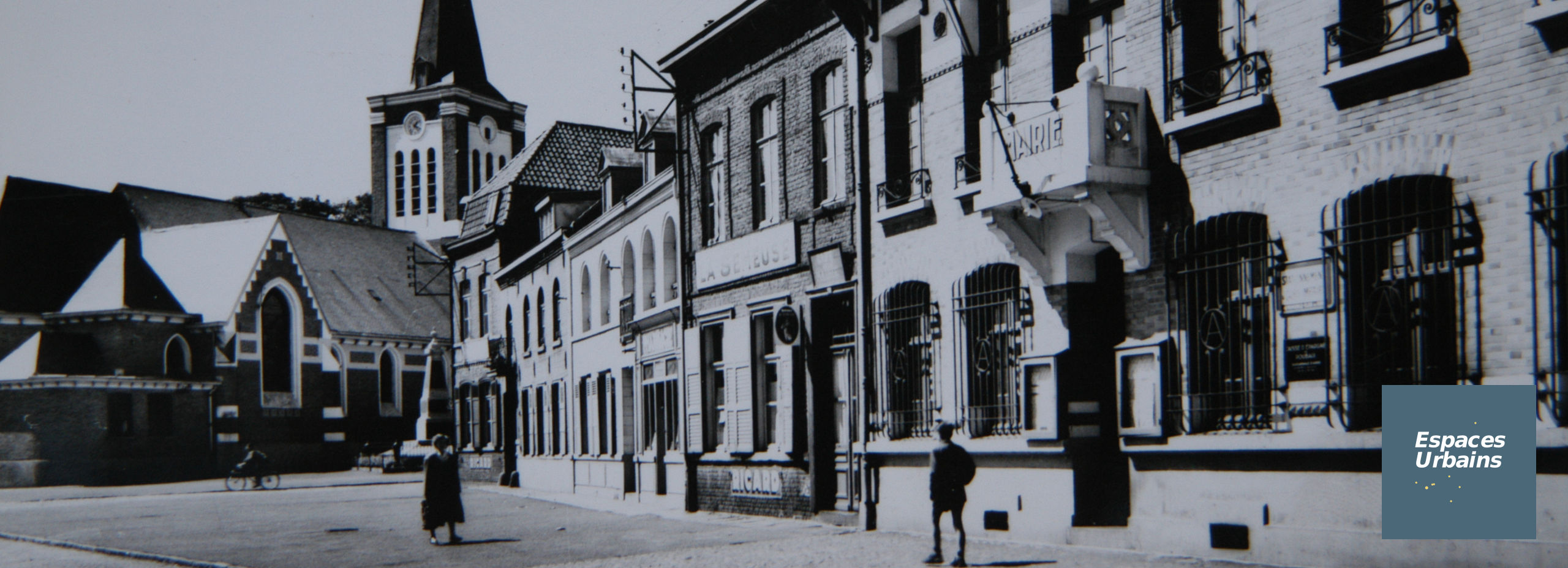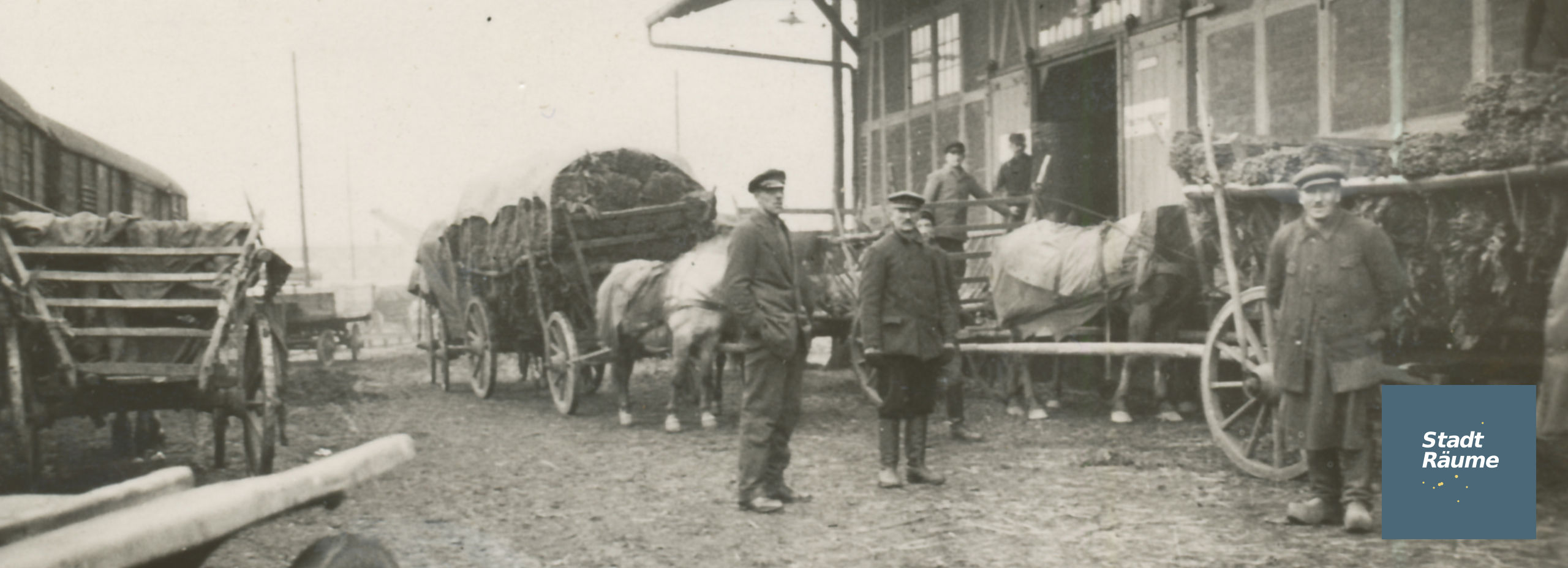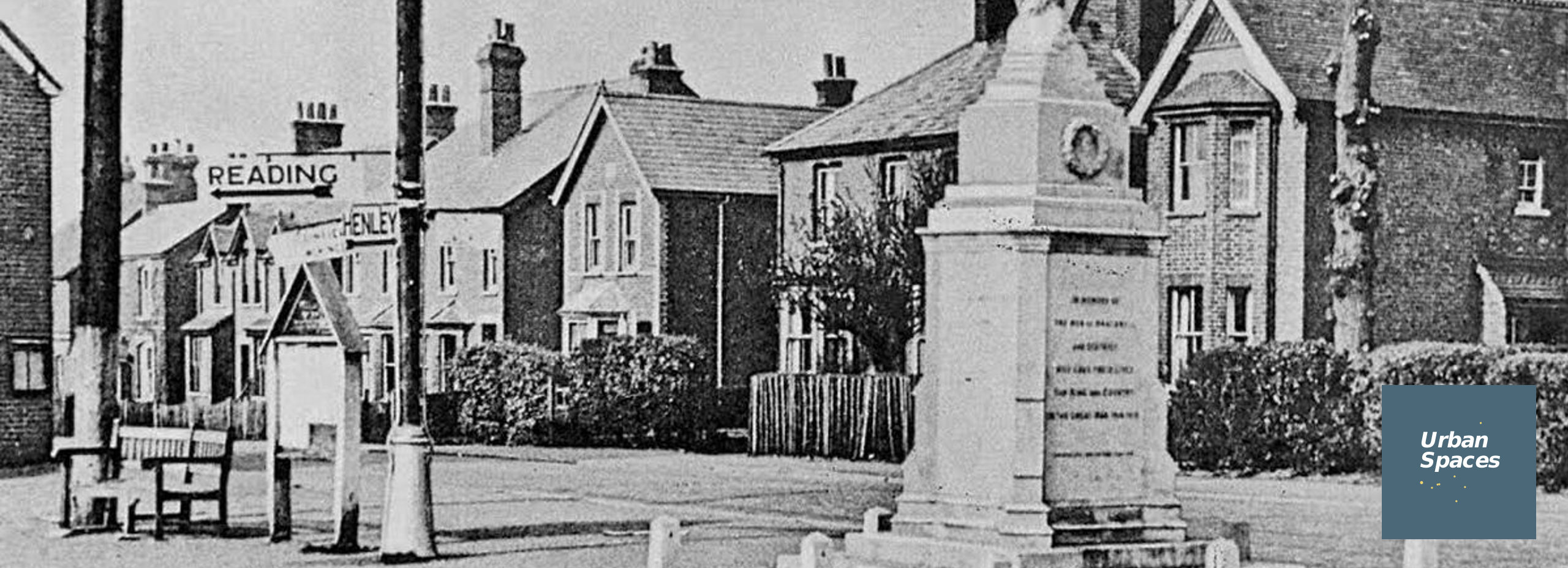Bracknell (UK)
Welcome to Bracknell!
Bracknell’s location in the southeast of England close to Windsor and London has undoubtedly shaped its history and character.
While Bracknell may be best known as a post-war New Town, its history stretches back to prehistoric times. Its oldest Ancient Monument, a Bronze Age Barrow on Bill Hill in Old Bracknell, dates back to about 1000 BC. An Iron Age Hill Fort in Swinley Forest, despite its name, Caesar’s Camp, was built by the Celts between 200 BC and AD 40.
It was not until the 10th Century that the name ‘Braccan Heal’ was first recorded in an Anglo-Saxon Charter. Braccan Heal’s location in Windsor Forest, which belonged to the Crown and was used by Royalty for hunting, initiated Bracknell’s Royal connections. William I created a deer reserve and in 1350, a Royal Hunting Lodge was built at ‘Easthampsted Parke’ south west of Bracknell for King Edward III, as it was an easy ride from Windsor Castle. Henry VIII’s first wife Catherine of Aragon was banished to Easthampstead Park when she failed to produce a male heir.
New Bracknell developed in the 16th Century to the north of Old Bracknell as a ribbon settlement along what is today’s High Street. One of the oldest surviving buildings is the Old Manor Pub, a 16th Century brick manor house at one end of the High Street. The adjacent Hind's Head Inn (now the site of the College) stood on the edge of the moors renowned for lawless highwaymen, among them Dick Turpin. Bracknell’s development as a stopping point on the Turnpike Road from Virginia Water to Reading (today’s A329) which opened in 1759, led to the emergence of several coaching inns, many of which still remain today. Surviving medieval pubs on the High Street are The Bull Inn in the town centre and The Red Lion (today, Blue’s Smokehouse), where Queen Victoria’s coach stopped to change horses in 1845.
During the 18th and 19th Centuries, a number of large country mansions were built in Bracknell and surrounding villages, notably South Hill Park in 1760 and Easthampstead Park built by the 4th Marquis of Downshire in 1864 on the ancient Royal estate near the site of the original Royal Hunting Lodge.
In 1847, Bracknell was a village with around 700 residents. Bracknell railway station in 1856 paved the way for local trades and industries to develop, including the famous Thomas Lawrence Brickworks, which opened in 1860. Bricks produced here were used to build a number of famous buildings, including the Royal Albert Hall and Westminster Cathedral. The brickworks provided a key source of employment - in addition to farm labour; domestic services in the country houses; work on the railway; and many local trades. With its weekly cattle and poultry market from 1870, Bracknell flourished into a country market town.
1870 also marked a significant year for the Church as, having begun as a small village in the southernmost part of Warfield Parish, one of three converging Parishes – Warfield, Binfield and Easthampstead - Bracknell then became established as a Parish in its own right. Its early Churches were the Holy Trinity Church in the town centre finished in 1851 and the Parish Church of St Michael and St Mary Magdalene in Easthampstead from around 1867. St Michael’s Church in Warfield village to the north dates back to 1016.
The First World War forced women to take on roles traditionally undertaken by men and in 1928 the Representation of the People Act gave women the right to vote on equal terms with men. With a population of around 2,500 and a range of shops, Bracknell continued to develop along the High Street. Horse-drawn transport slowly gave way to motorised vehicles, and in 1934, the Regal Cinema opened on the High Street, with Queen Victoria’s grand-daughters attending its first viewing!
ICI, Imperial Chemical Industries, opened an Agricultural Research Station in Jealott’s Hill, north of Bracknell, in 1929 and became a significant employer, which it continues to be today, now owned by the Chinese State-owned Syngenta company.
To alleviate the post-Second World War housing crisis in London following extensive bombing, together with a soaring post-war birth rate, rather than rebuild London, the 1946 Housing Act provided for the establishment of satellite towns around London. In 1949, Bracknell was designated as one of these post-war satellite New Towns.
Today, very little of pre-war Bracknell remains, as much of it was demolished by the Bracknell Development Corporation in the 1950’s and replaced with a major new road system and big concrete buildings in the Brutalist architectural style. Bracknell developed rapidly through the 1950s/60s as the New Town Plan was rolled out, creating three Industrial Areas and nine separate residential neighbourhoods around the town centre. The New Town ideal was to create a self-contained country town, with individual neighbourhood communities, which combined both the amenities of town life and the benefits of green open spaces.
Bracknell’s famous Point Royal tower block in Easthampstead, completed in 1964, was the only residential high-rise building. It was declared iconic and one of the most architecturally innovative buildings in the UK. Its architects, Arup Associates, have also designed some of the world’s most famous buildings, including the London Eye and the Sydney Opera House.
While Bracknell New Town has successfully attracted many leading international and high-tech companies, including Hewlett Packard, Panasonic, Honda, Ferranti, Fujitsu, Waitrose, 3M and Dell, half a century later much of Bracknell town centre has been demolished once more and replaced with a new £240 million town centre, The Lexicon – constructed mainly from natural materials brick and timber. Designed to attract fresh investment and completed in 2017, The Lexicon was officially opened by HM Queen Elizabeth II in October 2018.
History has shown that over time, Bracknell has developed to meet ever-changing needs. The Lexicon has been designed to serve the local and wider community for years to come. With a current population of around 85,000, Bracknell continues to grow, and its motorway communications and proximity to Heathrow Airport, London and Windsor have made it attractive to companies, residents and visitors alike. While the Lexicon has successfully revitalised the town centre, Bracknell Forest also offers a wide range of cultural, leisure and sports facilities, including South Hill Park Arts Centre, The Heritage Centre and Coral Reef Water World, and continues to live up to its name as the most wooded borough in the country!
Maggie J Stock
